What is 223 Suppressor? 🧐
It is a device attached to or part of the barrel of a firearm or air gun which reduces the amount of noise and visible muzzle flash generated by firing.
Specifically designed for rifles chambered in .223 Remington and 5.56 NATO, these suppressors are typically constructed from high-grade materials like titanium, stainless steel, or aluminium to withstand the high-pressure gas and heat generated by these rounds.
They play a crucial role in protecting the shooter’s hearing, reducing recoil, and minimizing disturbance to wildlife, thus making them popular among hunters and shooting enthusiasts.
Features 🔍
Most of these suppressors share a number of common features that contribute to their effectiveness and popularity.
⚪ Our team has found that they are designed with multiple baffles, which are compartments within the suppressor that help to divert and cool the gases expelled when firing. This baffle system plays a crucial role in reducing the sound of the discharge.
⚪ Besides we noticed that many of them employ a quick-detach (QD) mounting system. This allows for easy and rapid attachment and removal of the suppressor from the firearm, providing flexibility to the shooter to adapt to different shooting environments or requirements.
⚪ Due to the high-powered nature of .223 rounds, these suppressors often have a robust build. High-quality material selection – such as stainless steel for durability, titanium for strength and lightness, or aluminium for its balance of weight and cost – ensures they can withstand the intense heat and pressure generated during shooting.
⚪ Finally, many of them are designed to reduce the weapon’s recoil. This not only makes the shooting process more comfortable for the shooter but also improves accuracy by keeping the muzzle steady.
Maintenance 🤠
Maintaining a suppressor is crucial to ensure its longevity and optimal performance. Here’s a detailed guide on how to maintain these suppressors:
1. 🟣 Regular Cleaning: The suppressor should be cleaned after every shooting session. The baffles inside the suppressor accumulate lead and carbon residue which can affect its performance if not regularly cleaned. Use a brush and a cleaning solvent specific to firearms to scrub the inner parts of the suppressor.
2. 🟣 Check for Wear and Tear: Regularly inspect the suppressor for signs of wear such as cracks or erosion, particularly in high-pressure areas. Additionally, check the threads for signs of wear, as worn threads may result in the suppressor not attaching securely to the firearm.
3. 🟣 Use the Right Tools: Always use the correct tools for disassembly and reassembly. This helps avoid potential damage to the suppressor parts. Avoid using excessive force as it can lead to permanent damage.
4. 🟣 Lubrication: Apply a thin layer of high-temperature firearm grease to the threads of the suppressor. This helps in smooth attachment and detachment and prevents the threads from seizing due to excessive heat.
5. 🟣 Storage: After cleaning and drying the suppressor thoroughly, store it in a dry place. Avoid exposure to moisture as it can lead to rusting.
6. 🟣 Follow the Manufacturer’s Instructions: Each suppressor make and model may have specific care and maintenance requirements. Always refer to the user manual or manufacturer’s instructions for specific maintenance guidelines.
Remember, regular and proper maintenance will not only ensure your suppressor operates at peak performance but also extend its life span.
We believe this video can be helpful for you 📺
Types 😎
| ✅ Direct Thread Suppressors: This is the simplest and most common type. As the name implies, it directly screws onto the barrel of a firearm. It’s reliable and tends to be more affordable than other types, making it an excellent choice for beginners or those on a tight budget. | ✅ Monolithic Suppressors: These are made from a single piece of material, which can be titanium, stainless steel, or aluminium. The monolithic design can help in more effective noise reduction and heat dissipation but may be slightly heavier than other types. |
| ✅ Quick Detach (QD) Suppressors: These suppressors are designed for swift and easy attachment and removal from the firearm. They use a muzzle device that stays attached to the rifle, and the suppressor attaches to this device. Ideal for shooters who frequently switch between suppressed and unsuppressed fire, or those using the same suppressor on multiple firearms. | ✅ Modular Suppressors: These are versatile suppressors that allow the shooter to adjust the length and thus the level of suppression. This is especially useful for those who want to balance noise reduction and weapon length according to their specific shooting context. |
Best 223 Suppressor Reviews
1# GrovTec US .223 Caliber G-Nite Flash Suppressor
Wishing for a top-quality flash suppressor to keep your shots on target? Check out the GrovTec US .223 Caliber G-Nite Flash Suppressor. This suppressor is designed to cool down gasses and reduce flash signature, so you can stay focused on your target. It’s made with solid steel construction and a black nitride finish for superior durability. Plus, it has 1/2×28 threads per inch for universal compatibility. Don’t let anything get in the way of your next successful shot – choose the GrovTec US .223 Caliber G-Nite Flash Suppressor.
2# Troy Medieval Flash Suppressor 5.56mm/.223
The Troy Medieval Flash Suppressor is a top-quality product that is sure to enhance your shooting experience. This suppressor significantly reduces muzzle flash, allowing you to maintain focus and stay on target. The aggressive diamond-shaped teeth can serve as a breaching device, making it an ideal choice for a close-quarters battle. The Troy Medieval Flash Suppressor is crafted from heat-treated ordnance steel and is threaded for all M16/AR15/M4 rifles and carbines. It’s also available in black or stainless steel finishes.
3# LANTAC Dragon Muzzle Brake with Dead Air KEYMO Suppressor Mounts
Need a top-quality muzzle brake that will improve your shooting performance? Pay attention to the LANTAC Dragon Muzzle Brake with Dead Air KEYMO suppressor mounts. This muzzle brake is manufactured to the highest quality standards, featuring a patented design that offers superior recoil management and muzzle rise reduction over similar products on the market. In addition, the LANTAC Dragon is compatible with the entire range of Dead Air Sandman KEYMO silencers, giving you ultimate flexibility in terms of weapon configuration. These silencers are made with solid welded Stellite baffle cores and detachable front caps and feature Cerakote finishings for maximum durability.
4# Black Rain Ordnance Milled Flash Suppressor
The Black Rain Ordnance Milled Flash Suppressor is a top-quality choice for anyone searching for a high-performance flash suppressor. It’s made from durable milled steel and designed to reduce muzzle flash, making it an ideal choice for tactical applications. It’s finished in a shiny machined finish and includes a crush washer for easy installation. It’s compatible with .223 Remington cartridges and is sure to give your rifle an edge over the competition. Order yours today and see the difference Black Rain Ordnance makes!
5# Guntec USA AR-15 Reverse Thread Slip Over Fake Suppressor
The Guntec USA AR-15 Reverse Thread Slip Over Fake Suppressor is the perfect way to get the look of an SBR without the NFA tax stamp. Made from T6 aluminium, this suppressor is engraved with military-style markings for a more authentic look. It slips over the barrel and threads on. The reverse threading allows it to function as a barrel shroud, without adding length to your barrel. Installation is quick and easy, so you can enjoy the look of your new suppressor right away.
6# Guntec USA AR-15 5.5in Fake Suppressor
The Guntec USA AR-15 5.5in Fake Suppressor is a great way to extend the length of your barrel while also providing a Barrel Shroud. This Suppressor is made of T6 Aluminum and is laser engraved with military-style markings. It also has a 1/2 X 28 thread. The Guntec USA AR-15 5.5in Fake Suppressor is a great way to protect your investment and add style to your gun.
Installation 🛠️
Installing a suppressor on your firearm is a straightforward process, though it does require careful attention to detail to ensure safe and effective operation.
⭕ Before starting the installation, make sure your firearm is unloaded and safe to handle. Begin by securing the firearm in a gun vice, ensuring the barrel points in a safe direction.
💠 For direct thread suppressors, the installation process involves screwing the device directly onto the barrel of the firearm. You need to ensure that the threads of both the firearm and the suppressor align correctly to avoid cross-threading, which can cause damage. Turn the suppressor clockwise onto the firearm’s barrel until it is securely fastened.
💠 In the case of Quick Detach (QD) suppressors, the process is slightly different. Firstly, a muzzle device is installed onto the firearm. This device remains attached to the gun, and the suppressor is then mounted onto this device. Align the suppressor with the muzzle device and push it over the device until it fully sits. Rotate the suppressor to secure it in place.
💠 Integral suppressors being built into the firearm itself don’t require an installation process by the end user.
Regardless of the suppressor type, it’s critical to check for proper alignment once installed. Misalignment can result in a bullet strike on the suppressor, causing potentially severe damage to both the suppressor and the firearm.
Finally, after the suppressor is installed, perform a function check and a test firing (in a safe and controlled environment) to confirm everything is working as expected. Always remember to use hearing protection even when firing with a suppressor, as the sound levels can still be harmful.
Please watch this video to learn more information 📺
FAQ ❓
Conclusion 🤩
The .223 suppressors are a versatile tool that can significantly reduce the noise and muzzle rise associated with firing a firearm. While they may require an adjustment to shooting technique due to changes in weight distribution and barrel harmonics, they often do not harm accuracy and can even improve it in certain contexts. Key to their effectiveness and longevity, however, is careful maintenance, regular cleaning, and adherence to manufacturer’s guidelines. Proper installation and alignment are also essential to prevent any damage to both the suppressor and the firearm. So, while using a suppressor may require some adjustments and upkeep, the benefits they offer, such as noise reduction and potentially enhanced accuracy, make them a valuable addition for many firearm enthusiasts.
Affiliate Disclosure: Rotorm.com sometimes gets paid for listings, through sponsors or affiliate programs like Amazon, Optics Planet, Lucky Gunner, Brownells, Cabelas, Rainier Arms, 5.11 Tactical, Bass Pro Shop, etс. Clicking a link helps keep Rotorm.com free, at no extra cost to you!
About the author: Each article on our site is written by experts in survival and tactical equipment, gun enthusiasts, extreme travelers, military, law enforcement and desperate professionals, read about the author at the bottom of the article or visit "About Us" page.
Note: The views and opinions expressed in this article are those of the authors and do not necessarily reflect the official policy or position of any agency.

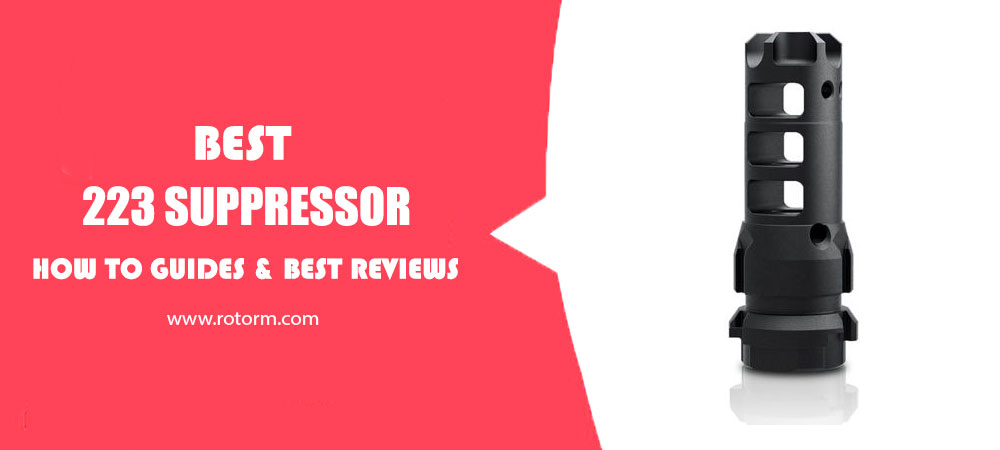






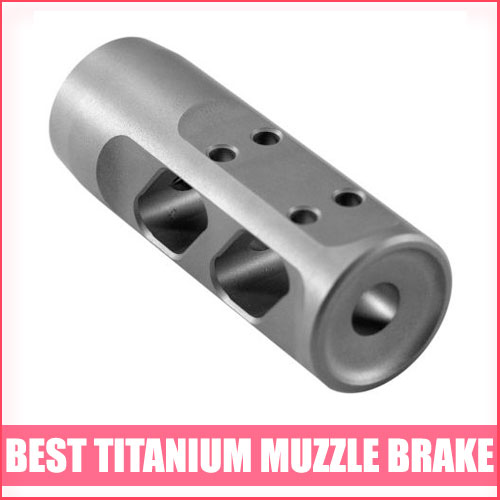
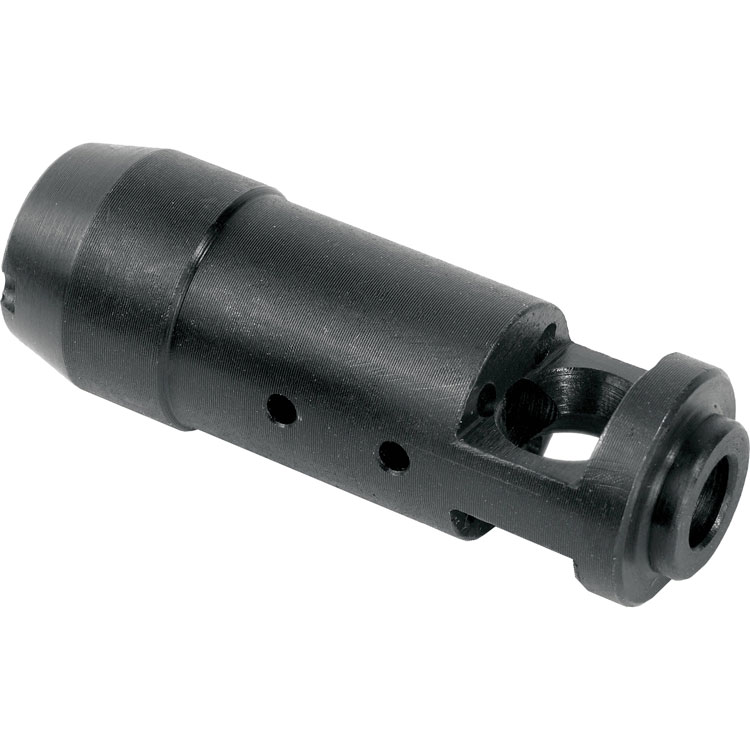
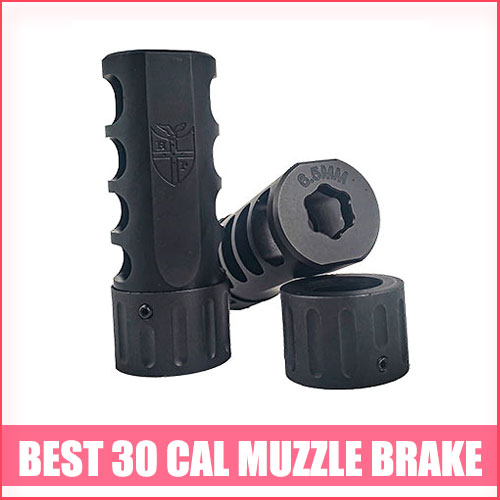
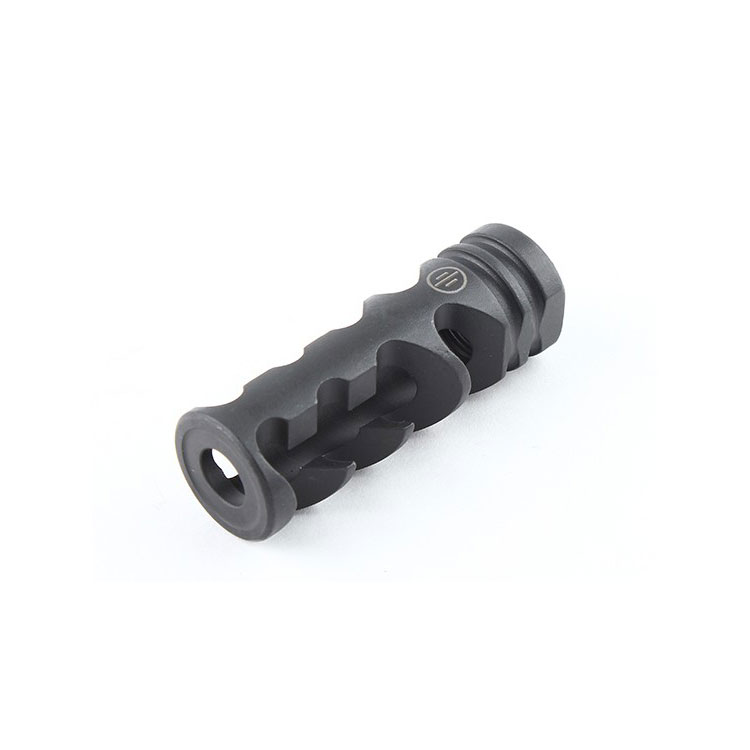
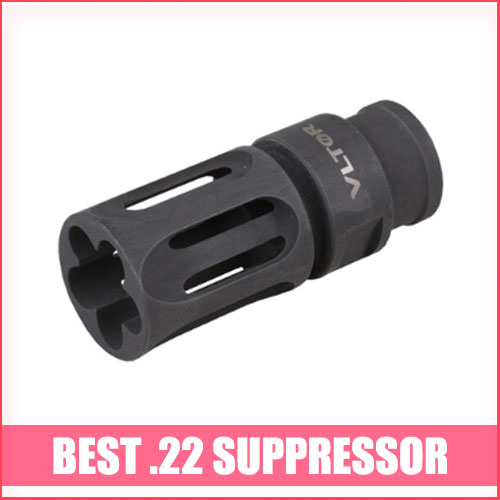

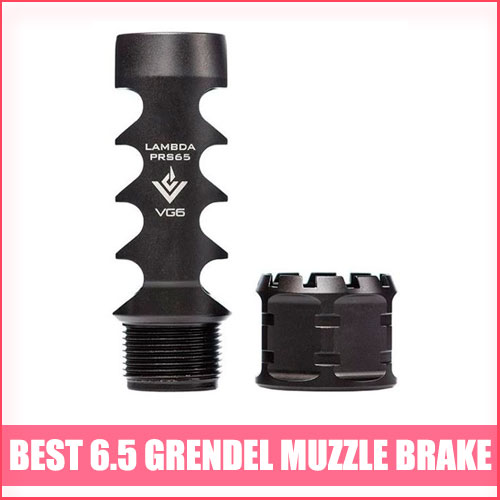
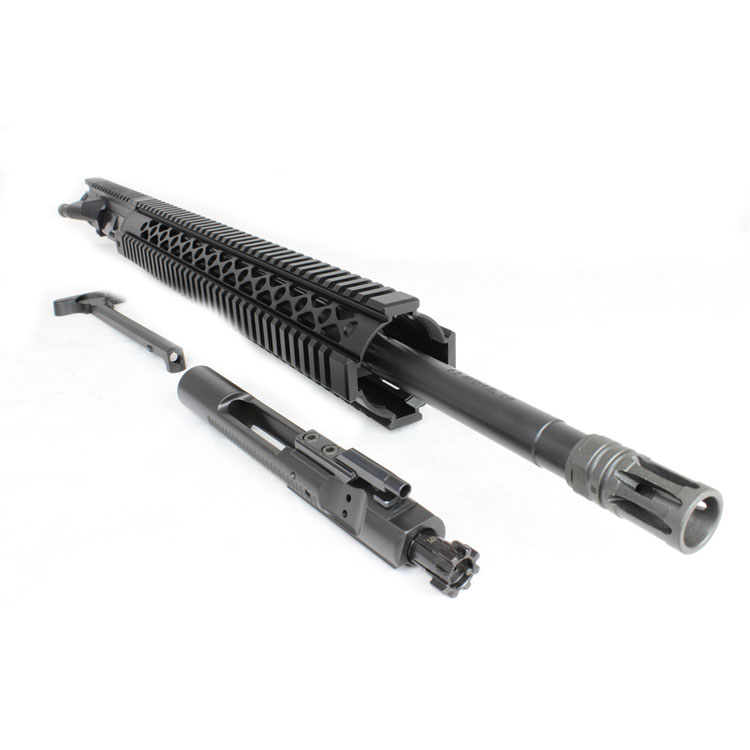
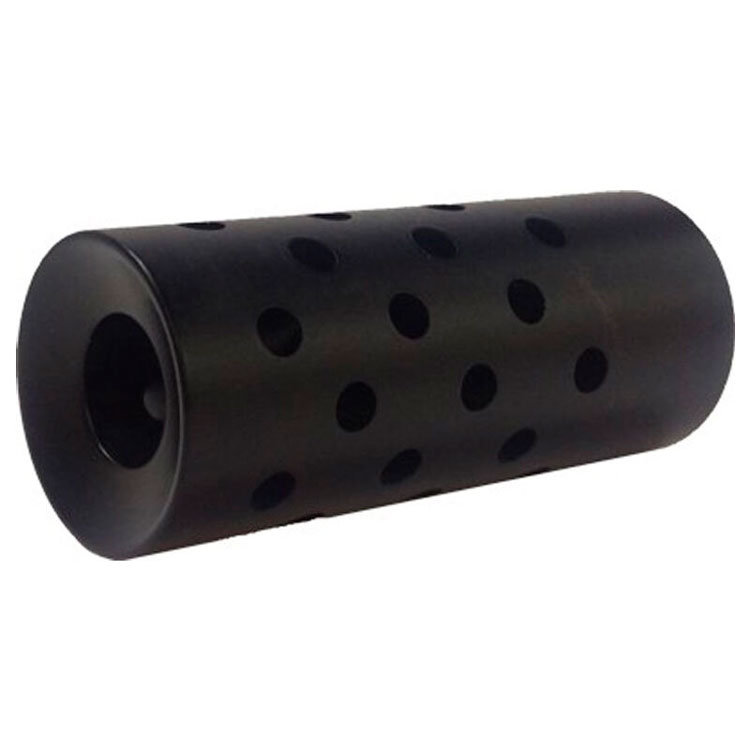
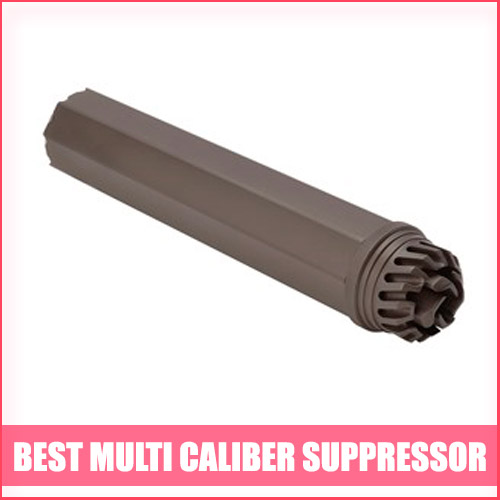
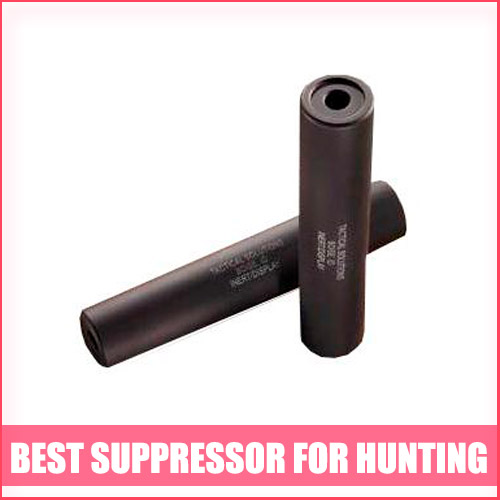
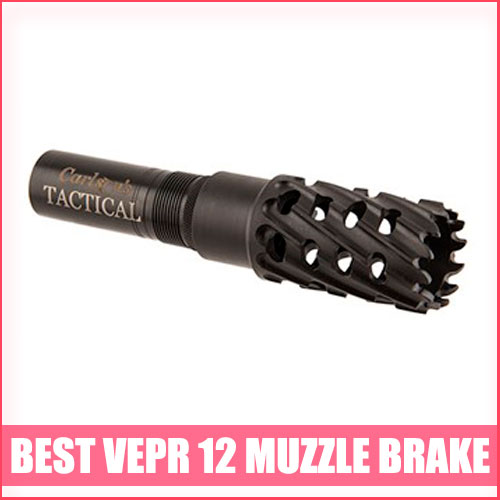
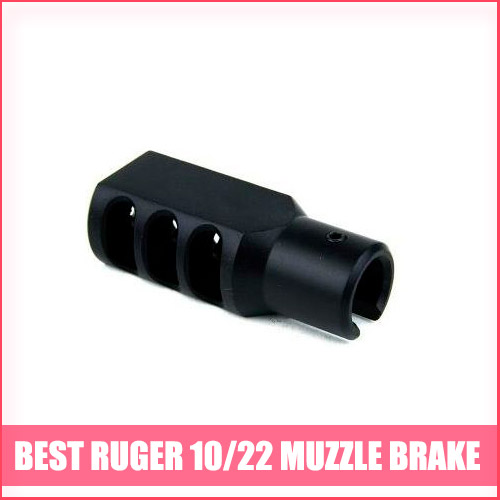
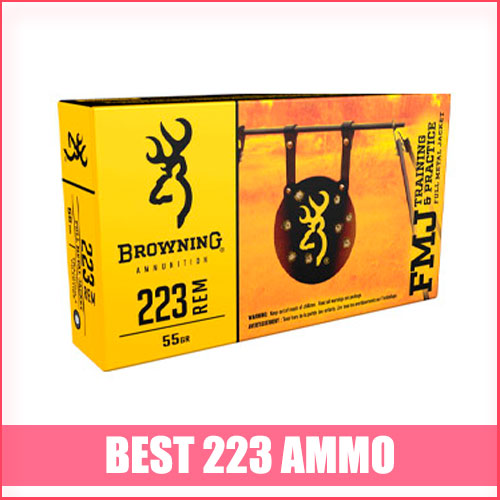
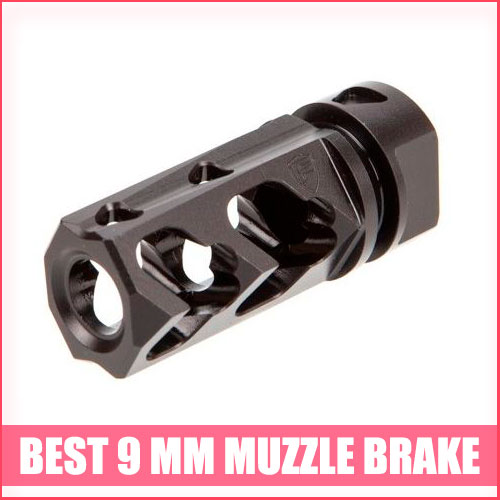
I’ve noticed some first-round pop with my .223 suppressor, and it had me scratching my head for a while. Turns out, it was due to unburnt powder in the suppressor from the previous shot. Are there any thoughts?
⛔ Yes, you are right, this is caused by propellant gases becoming trapped within the suppressor during periods of non-use. The increased pressure amplifies the noise on the first shot.
✅ To prevent first round pop, periodically rotate the suppressor to allow trapped gases to dissipate. Also, try lubricating the internal baffles.
First-round pop can also be influenced by the type of suppressor you’re using. Some suppressors have better designs to mitigate it. It might be worth considering an upgrade if it’s a persistent issue for you
I had a similar problem with my .223 suppressor, and it turned out that it was due to excessive carbon buildup. Regular cleaning and maintenance helped alleviate the first-round pop.
Using subsonic ammunition can also help reduce first-round pop. The lower velocity of subsonic rounds reduces the chances of a sonic crack, which can contribute to the pop. Of course, this is more relevant for bolt-action rifles.
I’ve been debating between the Guntec and Lantac suppressors for my precision .223 build. I’m leaning towards the Lantac for its reported accuracy benefits, but I’d love to see both options in your list
I want to buy one of these things. And are they durable?
🧷 The durability of .223 suppressors can vary depending on several factors, including the quality of the materials used, the design and construction of the suppressor, how it’s used, and how well it’s maintained.
In general, reputable manufacturers produce .223 suppressors that are built to withstand the rigors of regular use. They often use materials like stainless steel, titanium, or other high-quality alloys that are known for their durability and resistance to corrosion. These materials can contribute to a longer lifespan for the suppressor.
However, the durability of a .223 suppressor can also be influenced by factors such as:
⭐ Maintenance: Regular cleaning and maintenance are essential for prolonging the life of any suppressor. Neglecting maintenance can lead to carbon buildup, fouling, and potential damage over time.
⭐ Ammunition: The type of ammunition you use can impact the lifespan of your suppressor. Using high-velocity or hot loads may result in more wear and tear on the suppressor, potentially reducing its durability.
⭐ Rate of Fire: Frequent rapid-fire sessions or sustained automatic fire can subject a suppressor to greater stress and heat, potentially affecting its longevity.
⭐ Design: Some suppressor designs are more robust and built to handle higher volumes of fire and heat. High-quality suppressors often incorporate features that dissipate heat more efficiently, reducing the risk of damage.
⭐ Manufacturer Reputation: Opting for a suppressor from a well-respected manufacturer known for producing durable and reliable products can provide peace of mind regarding its durability.
I’ve got a buddy who has been using the same .223 suppressor for over a decade. He takes meticulous care of his gear, and it’s still performing like a champ. So, it’s not just about the suppressor itself but also how you maintain it.
I’ve got a more budget-friendly .223 suppressor, and it’s held up surprisingly well. Sure, it might not be as rugged as some of the high-end options, but for casual range trips, it gets the job done without breaking the bank.